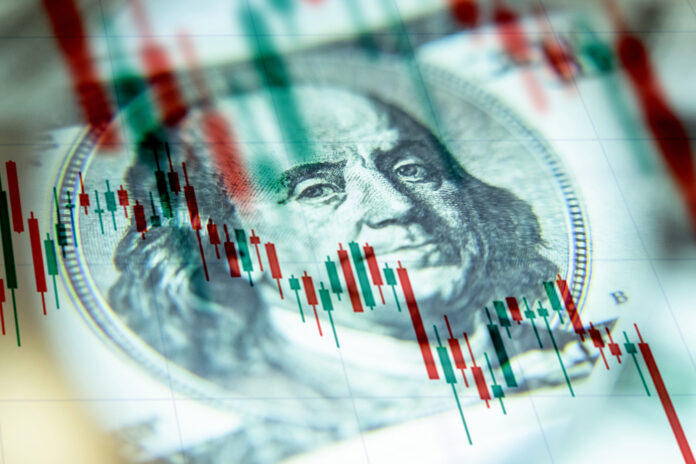Foreign direct investment (FDI) flowed inward on a net basis in September but fell by 36.2 percent to only USD368 million from USD577 million in the same month last year. The decline, driven by a notable reduction in nonresidents’ investments in debt instruments and equity capital, signals a temporary slowdown in foreign investment activity.
A key factor contributing to the downturn was the 32.8 percent drop in nonresidents’ net investments in debt instruments, which fell to USD277 million from USD413 million in September last year. Additionally, investments in equity capital (excluding reinvested earnings) saw a sharp decline of 91.2 percent, plummeting to just USD7 million from USD83 million last year.
Despite these setbacks, the reinvestment of earnings saw a modest 3.6 percent increase, rising to USD84 million in September this year from US$81 million in September last year.
“The decline in equity and debt investments reflects global economic uncertainties and shifting investor preferences,” said the BSP. “However, the positive growth in reinvestment of earnings demonstrates continued confidence in key sectors of the Philippine economy.”
The bulk of equity capital inflows in September 2024 came from Japan, the United States, and Singapore, and were predominantly channeled into the manufacturing, real estate, information and communication, and wholesale and retail trade sectors. These industries remain pivotal to attracting foreign capital in the country.
On a brighter note, the overall FDI performance for the first nine months of 2024 shows resilience. Net inflows reached USD6.7 billion, up 3.8 percent from USD6.4 billion in the same period in 2023. This suggests that, despite the dip in September, the Philippines continues to be an attractive destination for foreign investors.
“FDI remains a crucial driver for long-term economic growth, and the ongoing year-to-date increase in inflows highlights the enduring appeal of the Philippine market,” the BSP added.
The central bank’s statistics, which differ from those of other government sources such as the Philippine Statistics Authority (PSA), offer a comprehensive view of actual FDI inflows, accounting for equity placements as well as withdrawals. The figures serve as a key indicator of foreign investor sentiment and economic health.
As the global investment landscape remains dynamic, the government continues to implement reforms to further enhance the business environment, attract more FDI, and create sustainable growth across sectors.







